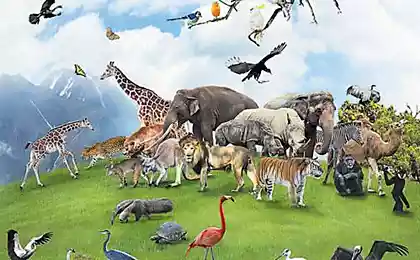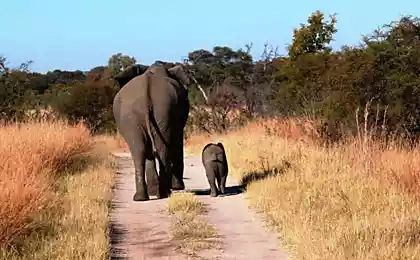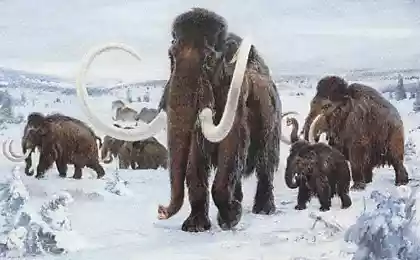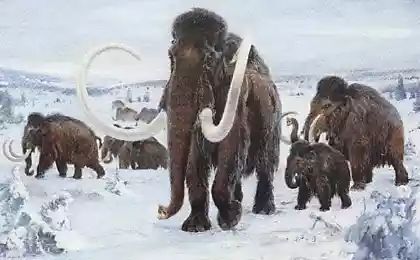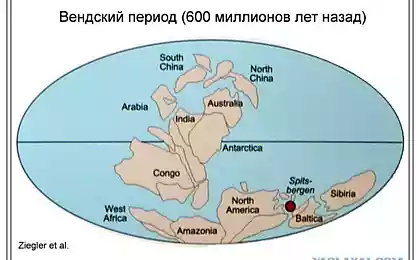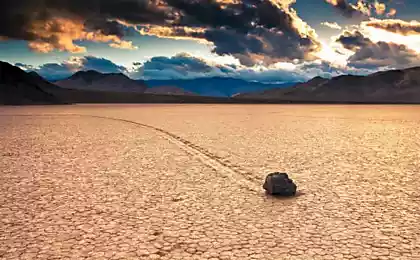940
Turn to extinction

The list of endangered animal species added 188 more. Most environmentalists fear for the fate of orangutans and gorillas. Saving is only able to parrot from Mauritius.
According to experts of the World Union for Conservation of Nature (IUCN), more than 16 thousand species of animals are on the verge of extinction. Special danger threatens gorillas, orangutans, and corals, reports "Bi-bi-si." The main reasons for the disappearance of species of living beings environmentalists call human activity, including the uncontrolled hunting, destruction of the usual habitat of animals and plants. Climate change, according to experts, also threatens the existence of a number of living beings.
Recently, representatives of the IUCN data released so-called "Red List of species threatened with extinction." The structural basis of the list consists of two main blocks: species, endangered species, and low risk. The first, and in fact the main unit is divided into several categories: extinct species; extinct in the wild species; species in a critical state; species that are endangered and vulnerable species.
The first block of the document got more than 16 thousand species. Alas, some of them - particularly the African gorilla - moved from the category of "the endangered" to "critically ill." Thus, of the 41 415 species of animals, the scientists analyzed, almost a third is on the verge of extinction, and since last year the number of endangered species has increased from 16 118 to 16 306.
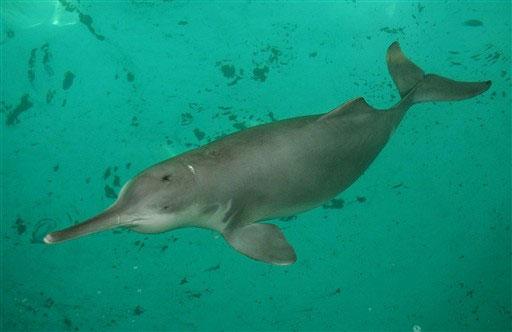
Every third kind of amphibians, one in four mammal species and one in eight bird species are exposed to serious risk of extinction, and the main reason for this, according to scientists, it is a changed man their natural habitat. Also severely position and approximately 70% of the plants.
As for the gorillas, the number of only one subspecies - the Western lowland gorillas - over the past 20-25 years has decreased by 60%. The reason for the disappearance of more than half of the population gets systematic deforestation, which leads to the fact that poachers can perform is almost uncontrolled hunting.
In addition, the great apes, including gorillas, suffering from Ebola, which is becoming increasingly common.
In some regions, mortality from the disease in great apes can reach 95%. Now the fever has moved to the center and north-east Africa. Environmentalists warn that if it is an acute viral disease characterized by high mortality, do not stop your movement, soon it will reach the last settlement gorillas.

The scientists noted that the Sumatran orangutan (Pongo abelii) more than a year are among the animal species that are "in critical condition". The number of orangutans in the past 70 years decreased by 80%. Now the world is home to only 7 300 individuals. Meanwhile, the people do not stop there. In place of the forest, which is inhabited by monkeys, are palm plantations, roads are being built.
On the island of Borneo, which inhabits a different kind of orangutans (Pongo pygmaeus), plantations for the production of palm oil has already laid 27 thousand sq. M. km, and the locals still catch the orangutans whose meat can be upotreblint food. Caught young Aborigines resell the rich foreigners. According to experts of the World Union for the Conservation of wildlife, orangutans, some groups may not total, and 50 individuals.
Environmentalists have long said that the monkeys belong to the group of species that require special protection. Now, however, the list of new types already assigned to the blocks disappear.
Environmental pollution affects the inhabitants of the world's oceans. According to scientists, the number of marine coral is reduced by 30-40%.

"We have for the first time in the list of species of corals," - said the deputy head of the program for the study of species of Jean-Christophe Vie.
Even worse is the case with the Chinese lake dolphin peyshi (baijiu), who until recently lived in the Yangtze River. Mass discharge of waste products into the river, the intensification of navigation, uncontrolled-fishing, poaching and habitat alteration resulted in the virtual disappearance of a dolphin. The last time people saw a representative of the type in 2002.
Although Chinese media reported some time ago that one individual dolphin was observed again in the river, the experts of the World Union for Conservation of Wildlife believe that peyshi already extinct.
These species is very long. Gavials - large reptiles squad crocodiles that live in the northern part of the Indian subcontinent - again reached a critical number of 180 individuals. Caught in the "red list" and some species of birds. South African vulture (vulture Ryuppelya) suffers from a lack of food, and Egyptian representatives of this type have been accidentally poisoned.

The list featured more than 12 thousand plants, which are also threatened with extinction. For example, many of the Pacific flora suffer from parasitic and poisonous plants or rodents that feed on their fruits, which hinders the process of reproduction.
The only success, according to environmentalists, was to save shirokoklyuvyh parrots from the island of Mauritius. Now they number around 300 individuals, and they just are endangered.

In spite of everything, environmentalists believe that many animals can still be saved. To this end, governments of countries that have signed the 1992 Convention on Biological Diversity (ratified by more than 180 countries), it is necessary to recall that they pledged in 2010 to significantly reduce the rate of species extinction.
Perhaps if the activities of the rescue of flora and fauna and interested at the highest level, "red list" next year will be much more modest, say environmentalists.
